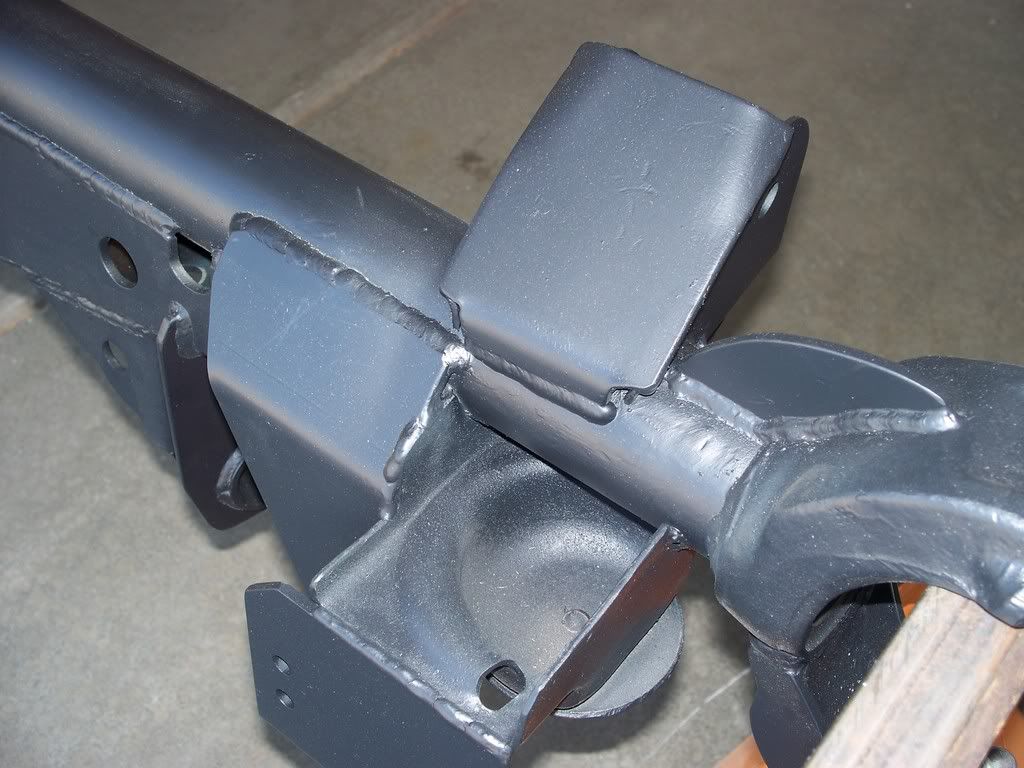Slonopotam
NAXJA Member #1358
- Location
- San Jose
Hi,
A couple of months ago I was advised to weld LCA axle mounts from the inside (from between them, where LCA go). Those mounts are 1/8" thick and are welded on the outside (I do not like the fact that they are not welded all the way, but this is another point).
In an attempt to understand what welding is about I went to MIG and today TIG safety classes at Techshop. MIG instructor told me that you do NOT want to weld material from both sides, it makes material much more likely to break. TIG instructor told me that material should be melted all the way through (which is definitely not the case around the axle).
So, is it a good idea to weld the mounts on the other side or not ?
Please specify, what comes from a speculation and what comes from your welding experience.
Thank you,
Andrey
A couple of months ago I was advised to weld LCA axle mounts from the inside (from between them, where LCA go). Those mounts are 1/8" thick and are welded on the outside (I do not like the fact that they are not welded all the way, but this is another point).
In an attempt to understand what welding is about I went to MIG and today TIG safety classes at Techshop. MIG instructor told me that you do NOT want to weld material from both sides, it makes material much more likely to break. TIG instructor told me that material should be melted all the way through (which is definitely not the case around the axle).
So, is it a good idea to weld the mounts on the other side or not ?
Please specify, what comes from a speculation and what comes from your welding experience.
Thank you,
Andrey

